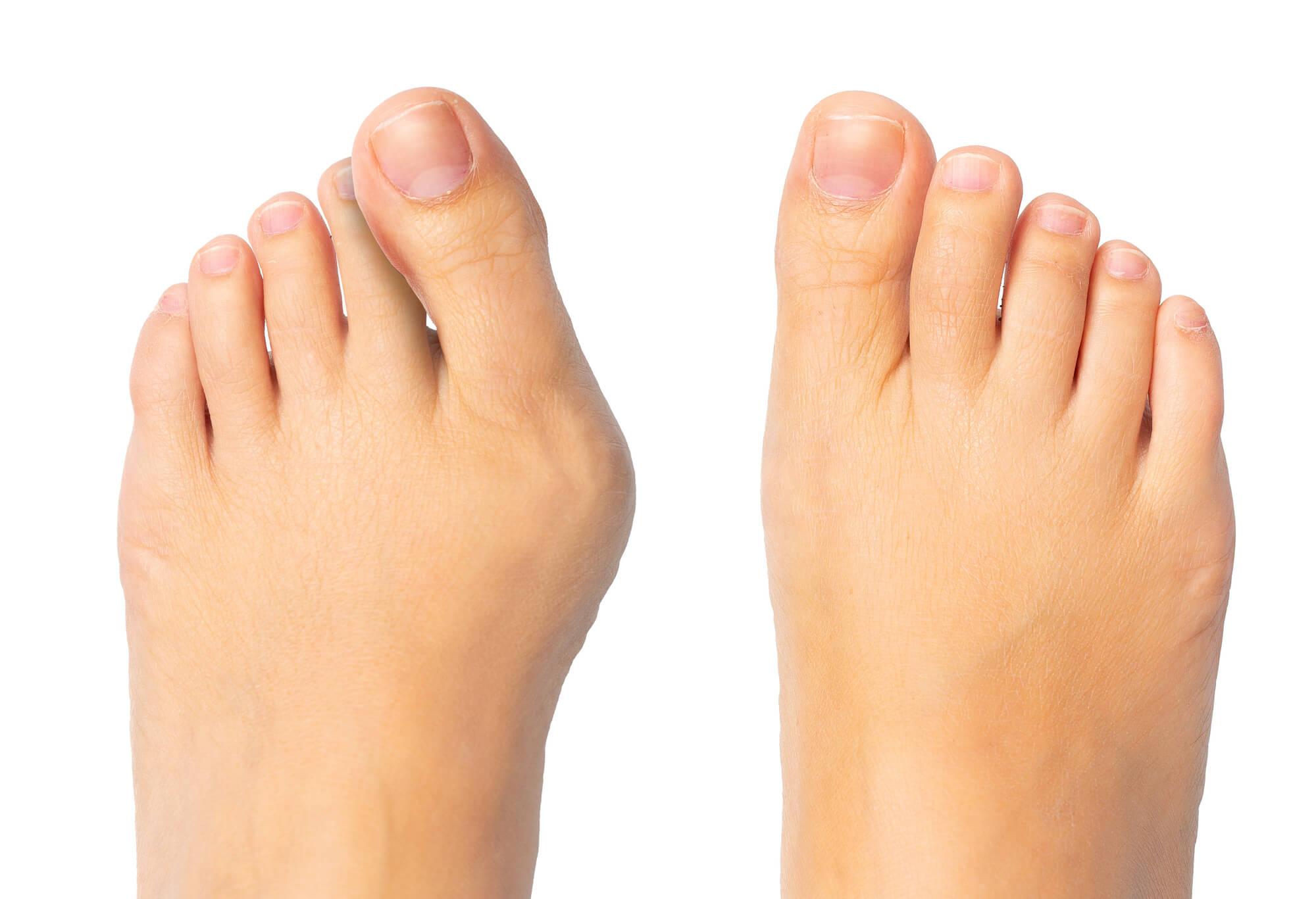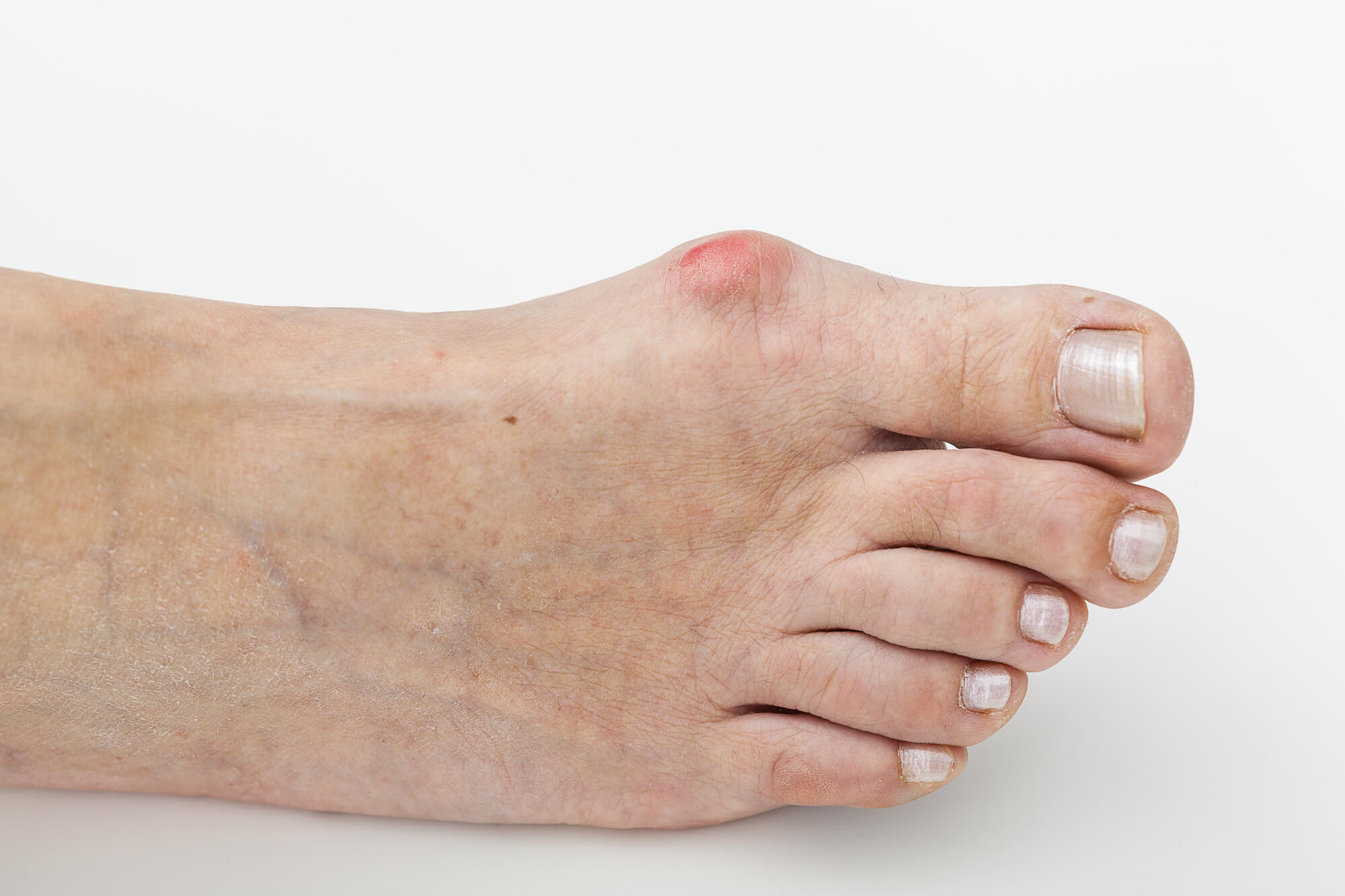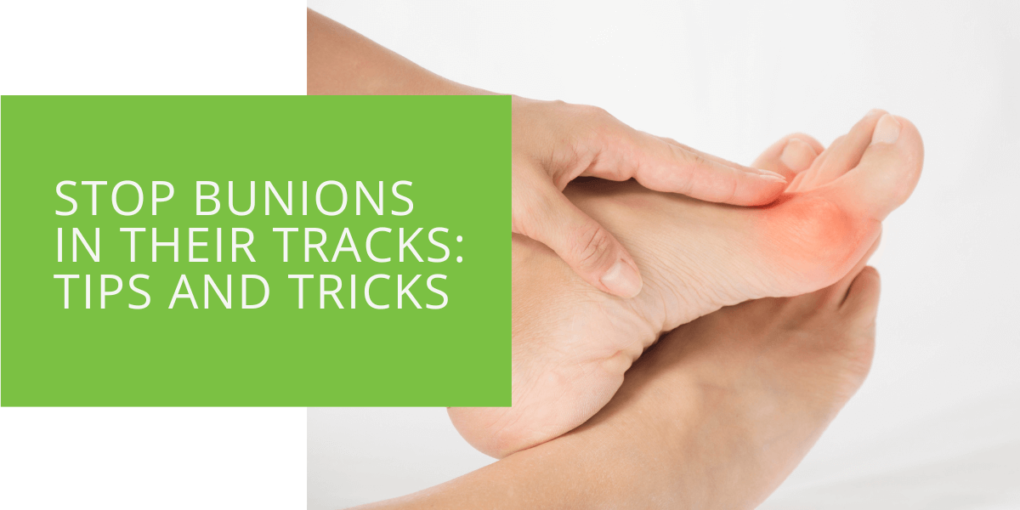Stop Bunions in Their Tracks: Tips and Tricks
Bunions are a common foot condition that affects the big toe joint. They are characterized by a bony bump on the side of the big toe and can cause pain, discomfort, and difficulty finding shoes that fit. Bunions can also progress over time, which is why early intervention and prevention are crucial. This guide will explore the causes of bunions, how to prevent them, and effective treatment options for those who already have them.
Understanding the Cause of Your Bunion
There are several types of bunions, each with its specific causes. The most common type is a hallux valgus bunion, which occurs when the big toe deviates toward the other toes. This can be caused by genetics, foot mechanics, or certain types of footwear. Other bunions include bunionettes (bunions on the little toe) and tailor's bunions (bunions on the fifth toe).
Common Causes of Bunions
- Genetics: Some people are more prone to developing bunions due to inherited foot structures.
- Footwear: Wearing shoes that are too tight or have a narrow toe box can cause bunions to form. High heels, in particular, are a major culprit, as they put extra pressure on the big toe joint.
- Biomechanical issues: People with certain foot mechanics, such as flat feet or overpronation, are at a higher risk of developing bunions.

Preventing Bunions
Preventing bunions can be as simple as making a few lifestyle changes and choosing the right footwear. Here are a few tips to keep your feet healthy and bunion-free.
Lifestyle Changes
- Maintaining a healthy weight: Being overweight can put extra pressure on your feet, leading to bunions.
- Stretching and strengthening exercises: Strengthening your feet and leg muscles can help prevent bunions from forming.
Shoe Selection
- Choosing shoes with a wide toe box: A wide toe box allows your toes to spread out and reduces pressure on the big toe joint.
- Avoid high heels and pointy-toed shoes: High heels can cause bunions to form and worsen existing ones, and pointy-toed shoes can put extra pressure on the big toe joint.

Treating Bunions
If you already have bunions, several treatment options are available. The most appropriate treatment will depend on the severity of your bunion and how much it impacts your daily life. Here are some options to consider:
Non-Surgical Treatment
- Padding and taping: A podiatrist can provide padding and tape to help reduce pressure on the bunion and alleviate pain.
- Orthotics: Custom orthotics, specifically designed to address bunion symptoms, can be prescribed by a podiatrist to help redistribute pressure and alleviate pain.
- Medications: Over-the-counter pain medication can help alleviate pain and discomfort associated with bunions.
Surgical Treatment
Types of bunion surgery: Surgery for bunions is typically recommended for severe cases that have not responded to non-surgical treatment. The most common type of bunion surgery is called a bunionectomy, which involves removing the bony bump and realigning the big toe joint. Your podiatrist will recommend the best type of surgery for your specific case.
Risks and Recovery
Surgery is a serious procedure and should not be taken lightly. It is important to understand the risks and recovery time involved before deciding. Recovery time can vary depending on the type of surgery, but most people can return to normal activities within a few weeks. However, it may take several months for the foot to heal fully.
Conclusion
Bunions are a common foot condition that can cause pain and discomfort. Early intervention and prevention are crucial to stop bunions in their tracks. Understanding the causes of bunions and making simple lifestyle changes, such as maintaining a healthy weight and choosing the right footwear, can help prevent bunions from forming. If you already have bunions, several treatment options are available, including non-surgical and surgical options. It's important to consult with a podiatrist to determine the best course of treatment for you. Remember, taking care of your feet is essential for maintaining a healthy and active lifestyle.
FAQ
How can I permanently fix a bunion?
Surgery is typically the most effective way to fix a bunion permanently. A bunionectomy is the most common type of surgery for bunions and involves removing the bony bump and realigning the big toe joint. However, it is important to remember that recovery time can vary, and it may take several months for the foot to heal fully. Additionally, It's important to consult with a podiatrist to determine the best course of action for your specific case.
Is there a way to prevent bunions?
Yes, there are several ways to prevent bunions. Wearing shoes with a wide toe box, avoiding high heels and pointy-toed shoes, maintaining a healthy weight, and stretching and strengthening exercises can all help prevent bunions from forming.
Do toe separators help bunions?
Toe separators, also known as bunion splints, can help alleviate pain and discomfort associated with bunions by providing a barrier between toes and reducing pressure on the bunion. However, they are generally considered a temporary solution and should be used in conjunction with other treatments recommended by a podiatrist.
Can you straighten a bunion without surgery?
While surgery is typically the most effective way to permanently fix a bunion, there are several non-surgical treatment options available. Padding and taping, orthotics, and medications can help alleviate pain and discomfort associated with bunions. Additionally, custom orthotics, specifically designed to address bunion symptoms, can be prescribed by a podiatrist to help redistribute pressure and alleviate pain. It's important to consult with a podiatrist to determine the best course of treatment for you.

